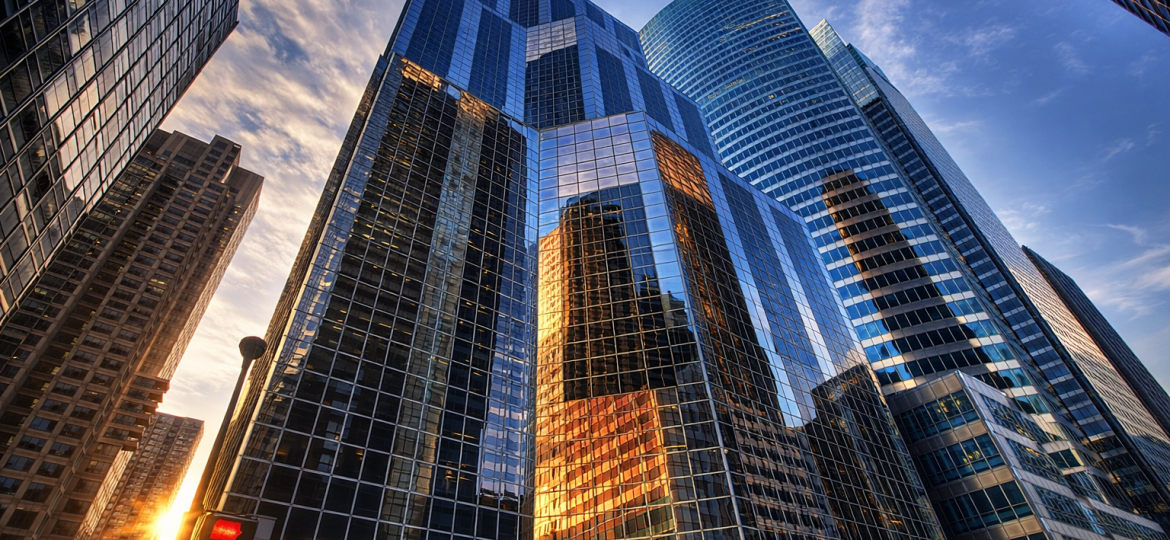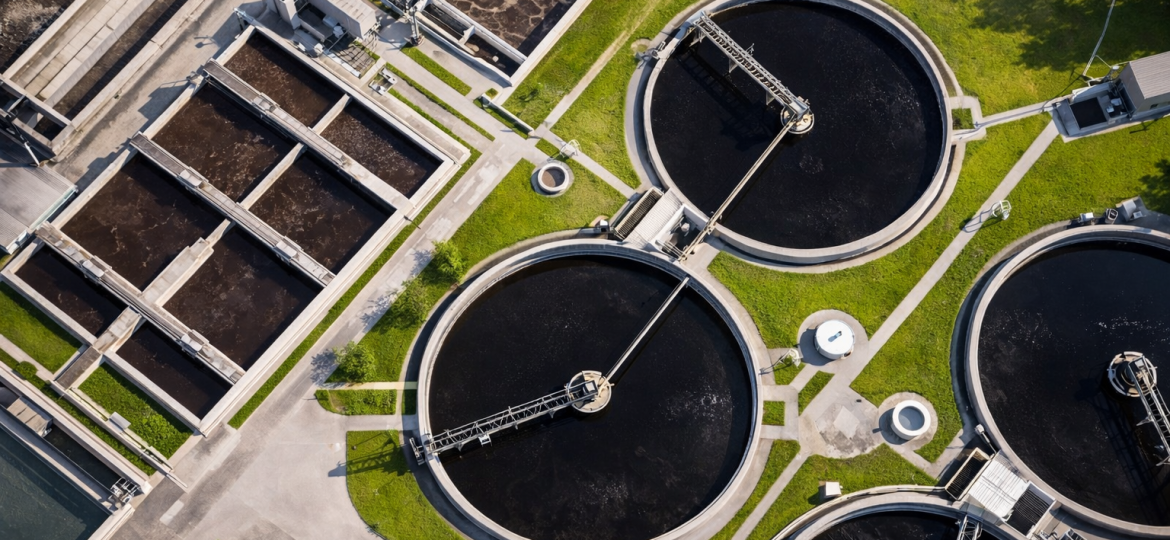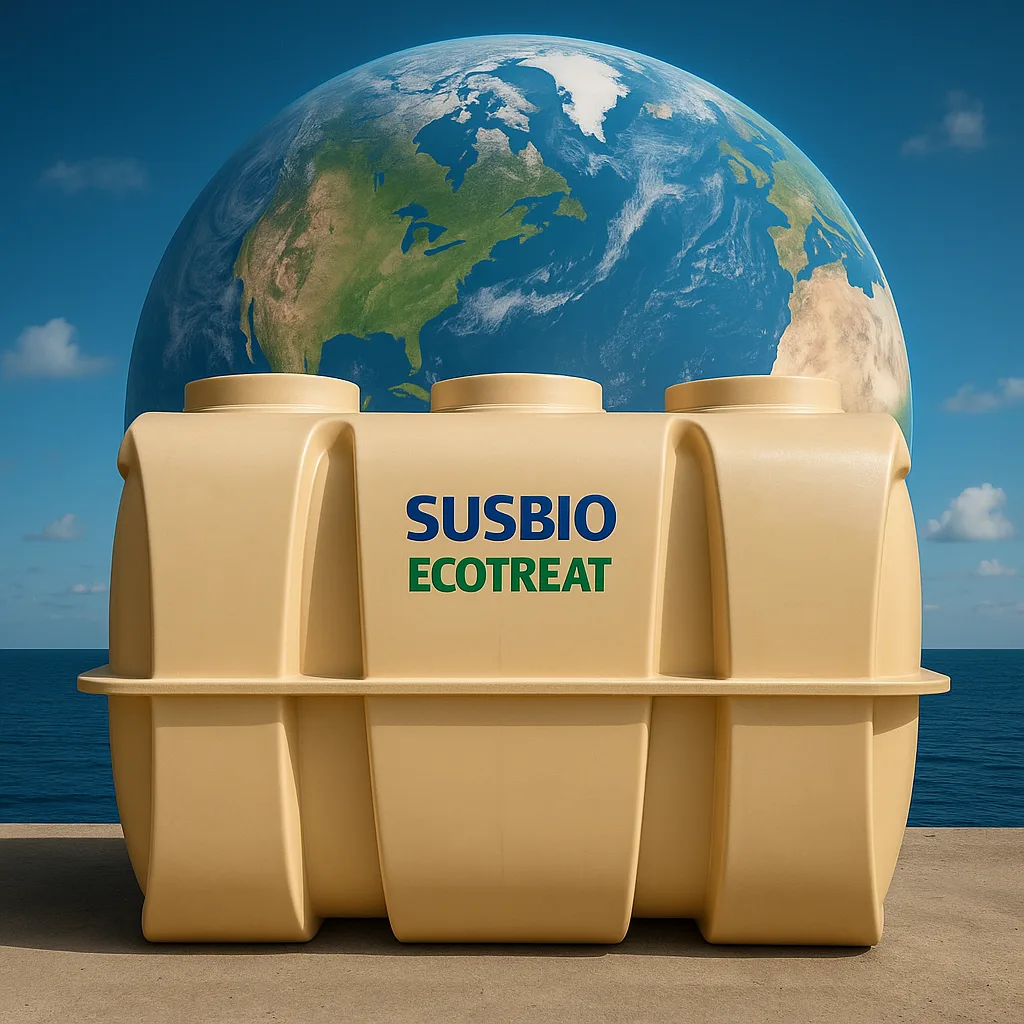A Sewage Treatment Plant for Commercial Complex can handle wastewater from buildings with 200 or more employees. This is a big deal as it means that home systems only work for four or five people. Commercial buildings produce much more wastewater daily. These unique treatment challenges create problems that standard municipal systems don’t deal very well with.
The rules kick in once daily wastewater goes beyond 20,000–25,000 liters. Regulatory bodies like the Central Pollution Control Board (CPCB) and State Pollution Control Boards (SPCBs) require you to install a sewage treatment plant. Property owners who don’t follow these rules face heavy fines, legal action, or project delays. Many commercial property owners need to find a commercial sewage treatment plant near their location. This becomes crucial when public main sewers aren’t available or can’t handle their waste volume. Modern commercial wastewater treatment plants provide budget-friendly options that work better and cost less than conventional systems.
This piece will show you why your commercial building might need a modern sewage treatment plant. You’ll learn to spot the warning signs and understand the benefits of proper installation. We’ll also help you pick the right technology that matches your needs.
What Makes a Sewage Treatment Plant Essential for Commercial Buildings
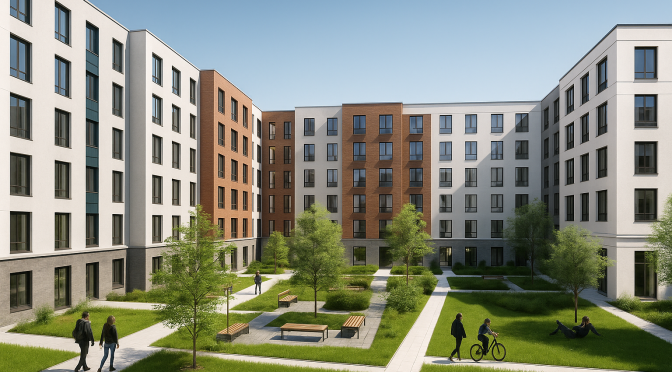
Commercial buildings generate wastewater that is nowhere near what homes produce. The sheer volume and complexity of wastewater from these buildings create unique challenges. This makes dedicated sewage treatment plants not just helpful, but crucial.
High daily wastewater generation in commercial setups
Commercial establishments pump out massive amounts of wastewater every day. Modern commercial sewage treatment systems can handle between 2,000 to 200,000 liters daily. Hotels, shopping malls, and office complexes create wastewater from many sources like restrooms, food courts, maintenance work, and landscaping.
The daily wastewater numbers from commercial facilities tell an interesting story:
- Nursing homes: 350 liters per resident
- Small hospitals: 450 liters per patient
- Manufacturing units: Between 25-500 liters per employee, based on industry type
To cite an instance, see a commercial building with just 200 employees – it can create about 10,000 liters of wastewater daily. The makeup of commercial wastewater changes by a lot based on the type of business. Each has different levels of organic matter, chemicals, and suspended solids.
Lack of municipal sewage infrastructure in remote areas
Many commercial developments run in places where they can’t connect to central sewers. About 3% of UK properties work with off-mains drainage and sewage treatment plants. Many of these are commercial properties in rural areas.
Developers working on remote commercial projects face a tough challenge. Whether they’re building logistics hubs in suburban industrial parks, research campuses, or hospitality spots, wastewater infrastructure becomes the biggest problem. Central sewer connections in these areas are limited because:
- Connection costs are too high
- Municipal infrastructure development takes too long
- Some remote locations make it physically impossible
So, wastewater management needs the same attention as other basic utilities like energy or uninterrupted connectivity. Mobile sewage systems offer the best solution for remote spots without existing sewerage infrastructure.
Legal thresholds for wastewater discharge volumes
Strict rules govern how commercial establishments discharge wastewater. Indian industrial units must get “Consent to Establish and Operate” from the State Pollution Control Board before they can discharge wastewater.
The Central Pollution Control Board (CPCB) and State Pollution Control Boards set specific standards that industrial units must follow. These standards check:
- pH levels
- Total suspended solids (TSS)
- Chemical oxygen demand (COD)
- Biological oxygen demand (BOD)
- Heavy metals concentration
- Oil and grease content
On top of that, it limits certain industries to 2-6 m³/day depending on their permit type. Breaking these rules leads to harsh penalties. Companies might face big fines, legal trouble, lost operating permits, and damage to their reputation.
Proper sewage treatment matters a lot, yet there’s a huge gap between sewage generation and treatment capacity. India generates 72,368 Million Liters per Day (MLD) of sewage, but can only treat 31,841 MLD. This shows why commercial buildings need their own treatment solutions instead of depending on municipal infrastructure alone.
Key Signs Your Building Needs a Modern STP
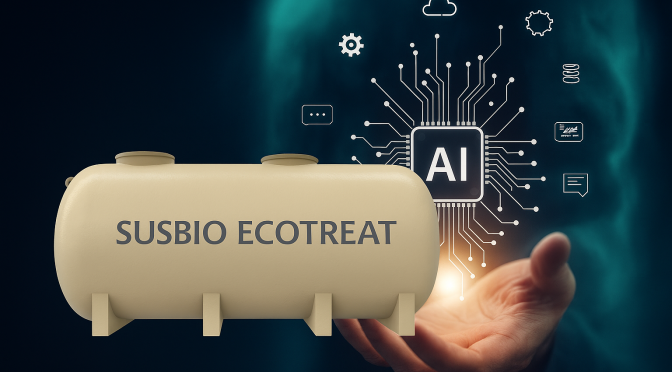
You can save yourself from expensive repairs, regulatory penalties, and potential health risks by spotting early warning signs that your property needs a sewage treatment plant. Commercial building owners who watch these indicators can make timely decisions about installing modern treatment systems.
Frequent drain blockages or foul odors
Bad smells that won’t go away around your commercial property are clear warning signs of sewage system issues. These odors usually come from:
- Anaerobic conditions developing in overloaded systems
- Hydrogen sulfide gas production from decomposing organic matter
- Sewage backing up into areas with poor ventilation
Strong sewer odors near toilets, basements, and parking areas show that wastewater isn’t being processed properly. These foul smells can substantially impact businesses, especially when you have hospitality settings where customer experience matters.
System failures often show up as drainage issues. Experts say slow-draining fixtures point to partial blockages forming in your drainage network. Commercial drains handle much larger waste volumes than residential systems, which makes them vulnerable to clogging. Multiple drains having problems at the same time usually means you’re dealing with a systemic issue rather than isolated blockages.
Overloaded septic tanks or soak pits
Many commercial properties with septic systems or soak pits outgrow these solutions as operations expand. Your system might be overloaded if you notice:
Sewage backing up during peak hours shows your current system can’t handle the wastewater volume. Yes, it is common for an overloaded leach field to cause sewage surfacing in outdoor areas or creating backups inside the building.
Several specific reasons lead to septic overloading: increased occupancy beyond design capacity, rainwater infiltration during storms, groundwater seepage through cracked pipes, or seasonal usage changes in properties like hotels. Problems go beyond mere inconvenience—outdoor untreated wastewater might contaminate drinking water through unsecured well caps or cracked casings.
Your tanks can’t properly treat wastewater when they receive more than they can process. This releases partially treated effluent with solid waste into drain fields, which leads to clogs and system failure.
Water reuse goals for flushing and landscaping
Smart commercial properties now embrace water recycling strategies to save money and protect the environment. Modern STPs help buildings achieve these goals by treating wastewater for non-potable uses.
Buildings can reuse about 85% of their wastewater after proper treatment. This reclaimed water works well for many uses including:
- Toilet and urinal flushing (great for office complexes where this uses lots of water)
- Landscape irrigation for parks and golf courses
- Cooling tower operation in HVAC systems
- Floor washing and dust control
Properties seeking green certifications like LEED or IGBC find STPs to be influential solutions for reducing freshwater use. Water balance modeling studies show that water-efficient fixtures combined with conservation design strategies can cut overall water usage by more than 40% compared to baseline flows.
Environmental benefits add up too—recycled water puts nutrients to good use instead of dumping them into waterways. While public acceptance varies by region, today’s technology can safely produce recycled water at budget-friendly costs.
Types of Commercial Properties That Require STPs
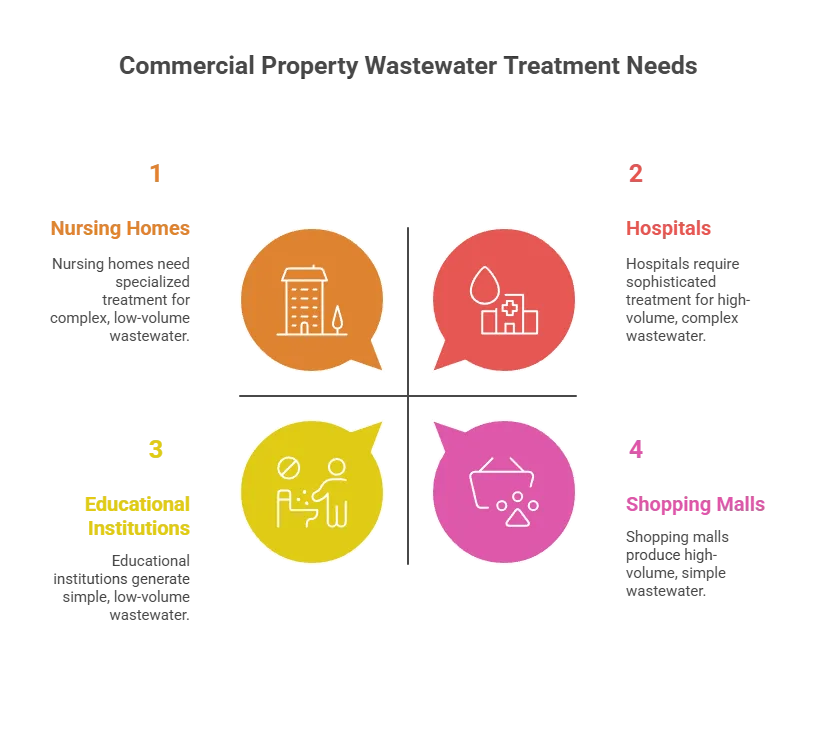
Commercial establishments produce large volumes of wastewater that need dedicated sewage treatment systems. Some properties need more sophisticated treatment solutions because of their unique wastewater characteristics and volume.
HOTELS, HOSPITALS, and nursing homes
Hotels generate substantial wastewater from many sources each day. Guest rooms, kitchens, laundries, and restrooms contribute to this complex mixture. The wastewater contains different levels of detergents, food waste, and human waste that need proper treatment. Modern sewage treatment plants handle these specialized needs effectively, which makes them essential for hotels with high daily water usage.
Hospitals face even bigger challenges with their wastewater containing potentially dangerous components. Emergency rooms, operating theaters, drug treatment areas, ICUs, laboratories, radiology departments, cafeterias, and laundries all contribute to this waste. Hospital sewage differs from residential wastewater because it contains infectious agents, pharmaceutical residues, and chemical contaminants. These pose serious environmental and public health risks without proper treatment.
Nursing homes also need specialized treatment facilities. Their residents use about 350 liters of water daily. This is a big deal as it means that small hospitals use even more – around 450 liters per patient.
EDUCATIONAL INSTITUTIONS and office complexes
Schools and universities produce large wastewater volumes because they have high occupancy rates most of the year. Restrooms, cafeterias, laboratories, and maintenance operations generate most of this wastewater. Office complexes deal with similar high-volume wastewater from employee restrooms, kitchens, and cleaning activities.
STPs that handle variable load patterns work best for both property types since occupancy changes throughout the day and week. Urban office buildings often use STPs to cut down municipal water consumption. They recycle water for toilet flushing and landscaping.
INDUSTRIAL UNITS and shopping malls
Industries of all types need specialized wastewater treatment – from food and beverages to textiles, pharmaceuticals, automobiles, steel, power, chemicals, fertilizers, and oil and gas. Each industry creates specific wastewater that often contains chemicals, heavy metals, or high organic loads needing targeted treatment.
Shopping malls and commercial complexes handle large amounts of wastewater from many sources. These include restrooms, food courts, maintenance operations, and landscaping. Food courts create wastewater with high organic loads that regular municipal systems struggle to handle. Many malls employ advanced treatment technologies like Membrane Bioreactor (MBR), Sequential Batch Reactor (SBR), or Moving Bed Biofilm Reactor (MBBR) systems.
Regulations require STPs for commercial developments that generate more than 20 KLD (kiloliters per day) of wastewater. This affects warehouses, logistics hubs, IT parks, and many other commercial facilities above this threshold.
Benefits of Installing a Modern Commercial Sewage Treatment Plant
Modern sewage treatment plants do more than just process wastewater. Commercial property owners get multiple benefits ranging from financial savings to legal protection that make these systems worth the investment.
Regulatory compliance with CPCB/SPCB norms
The Ministry of Environment, Forest and Climate Change along with state pollution control boards requires real estate developments above certain sizes to install STPs. CPCB guidelines state that projects bigger than 20,000 sq. meters need on-site sewage treatment facilities. The treated water needs to meet specific standards for BOD, COD, TSS, and pH levels. New STPs come with advanced systems that track compliance with these rules live. Missing these requirements can lead to big problems – heavy fines, delayed projects, or even getting denied occupancy certificates.
Reduction in water bills through reuse
Installing a commercial STP saves money through water recycling. You can reuse the treated wastewater for many non-drinking purposes, which cuts down municipal water and borewell usage. A premium housing society in Pune with 400+ units saved nearly ₹5 lakh yearly on water costs after installing a 50 KLD STP, reducing fresh water use by 40%. Bio STPs help commercial properties recover up to 85% of daily wastewater for toilet flushing, garden watering, and cooling towers. This reuse helps save both water resources and operating costs.
Improved hygiene and public health
Raw sewage breeds harmful pathogens that create serious health risks. New STPs remove these disease-causing organisms and lower the risk of waterborne diseases like cholera, typhoid, and dysentery. Clean treated water also keeps groundwater sources safe for drinking. Better sewage treatment technology creates healthier spaces around commercial buildings and boosts community wellbeing.
Enhanced property value and sustainability ratings
Buildings with modern STPs sell for more and attract green-minded buyers and investors. Studies show underground sewage plants boost nearby housing prices within a 0-1 km radius. Above-ground STPs, however, can hurt property values. These systems are a vital part of getting green certifications like LEED, IGBC, and GRIHA – which matter more than ever in today’s real estate market. Quality sewage treatment systems often pay for themselves through better property values and green credentials.
Choosing the Right STP Technology for Your Building
The right technology choice for your commercial sewage treatment plant depends on several key factors. Your specific needs, available space, and operational capabilities will guide this important decision.
MBBR vs SBR vs MBR: Which one suits your load?
Each technology brings unique advantages based on your requirements. Moving Bed Biofilm Reactor (MBBR) systems handle load variations smoothly and need minimal oversight. These systems excel at processing high-strength sewage from commercial sources. Sequencing Batch Reactor (SBR) systems let you adjust treatment cycles based on what flows in. They work in cycles to save energy and work great with changing sewage volumes. Membrane Bioreactor (MBR) technology produces better quality effluent through membrane filtration but needs more energy and upkeep. MBR works best when you plan to reuse treated water for flushing or gardening.
Space-saving options: Compact STPs for urban sites
Space comes at a premium in urban commercial properties. Packaged and prefabricated STPs are great solutions that install quickly with minimal construction work. MBR needs less space than other options because of its high biomass concentration. Compact STPs combine smoothly with urban settings and cause minimal disruption. Modern systems often come as modular units that you can rearrange or expand as needed.
Automation and maintenance considerations
Smart sewage treatment plants use advanced control systems to get the best results. Sensors track flow rate, pH, and dissolved oxygen levels to make immediate adjustments. IoT-enabled plants let operators check performance data from anywhere. This setup helps catch problems early and fix them faster.
Finding a reliable vendor: ‘Sewage treatment plant near me’
Start by assessing vendors based on their technology options – whether they offer MBBR, SBR, or MBR systems that fit commercial needs. The core team’s support, warranty coverage, and maintenance services matter too. The systems must meet all environmental regulations and pollution control standards.
Why SUSBIO ECOTREAT Is the Best Modern Packaged STP for Your Commercial Building
When selecting a sewage treatment plant for your commercial property, you need a solution that delivers regulatory compliance, operational efficiency, sustainability, and a compact footprint. SUSBIO ECOTREAT stands out as one of India’s most advanced and reliable prefabricated STP systems, tailor-made for commercial needs. Here’s why it’s the top choice for hotels, malls, hospitals, industrial parks, office complexes, and other large facilities.
✅ 1. Prefabricated, Plug-and-Play Design for Fast Installation
SUSBIO ECOTREAT comes as a ready-to-deploy modular unit. Unlike traditional civil STPs that require extensive on-site construction, ECOTREAT can be installed and commissioned in just 7–10 days, drastically reducing project timelines. This is especially beneficial for developers facing tight handover schedules or working in remote locations.
No RCC construction required
Factory-tested and skid-mounted design
Ideal for urban and space-constrained sites
Easily expandable or relocatable as your business grows
✅ 2. CPCB-Compliant Treated Water Quality
SUSBIO ECOTREAT ensures strict compliance with CPCB and SPCB discharge norms, delivering high-quality treated effluent suitable for reuse. The system incorporates a multi-stage biological and tertiary treatment process that removes organic matter, solids, pathogens, and nutrients.
BOD ≤ 10 mg/L
TSS ≤ 10 mg/L
pH 6.5–8.5
Fecal coliform removal with optional UV/chlorination
With this quality, the treated water is safe for flushing, gardening, and HVAC cooling, helping your building meet green certification goals.
✅ 3. Compact, Odorless, and Low-Maintenance Operation
Space is a premium for most commercial buildings, especially in urban centers. SUSBIO ECOTREAT’s compact design reduces the treatment plant footprint by over 40% compared to conventional systems.
Odor control chambers eliminate foul smells, even in hospitality settings
Noise-free operation ideal for offices, hotels, and malls
Minimal sludge production means lower desludging frequency
The system is built with corrosion-resistant materials, ensuring long-term durability with minimal upkeep.
✅ 4. Energy-Efficient, Low OPEX Technology
SUSBIO ECOTREAT consumes up to 60% less power than standard aeration-based STPs by using advanced air diffusion and smart blower control. It also supports auto on/off cycles based on real-time flow loads.
Reduced electricity bills
No need for continuous operator intervention
Suitable for buildings with variable occupancy like co-working spaces or shopping malls
This results in substantial operational cost savings over time, offering a faster return on investment.
✅ 5. Digital Monitoring & Automation (Optional SCADA/IoT)
SUSBIO ECOTREAT can be equipped with SCADA-based automation and IoT dashboards for remote monitoring. Facility managers can track:
Influent/effluent quality (BOD, COD, pH)
Power consumption
Pump/blower status
Maintenance alerts
This data-driven control enhances reliability, ensures regulatory compliance at all times, and helps plan preventive maintenance for zero downtime.
✅ 6. Custom Sizes Available – From 5 KLD to 500 KLD+
Whether your commercial building generates 15 KLD or 200 KLD of sewage, SUSBIO ECOTREAT is available in customized capacities to match your exact load. Multiple units can be connected for larger properties like industrial parks or hospitals.
Scalable and modular design
Built for both standalone buildings and multi-building campuses
Suitable for retrofit projects with limited civil infrastructure
✅ 7. Backed by Industry Expertise and After-Sales Support
SUSBIO is an India-based water tech innovator with a strong reputation for sustainable wastewater solutions. With decades of experience, the company offers:
End-to-end design, installation, and commissioning
Operator training and remote troubleshooting
Annual Maintenance Contracts (AMCs) and spare part support
Compliance support for CPCB/SPCB documentation
The brand is trusted by leading commercial developers, hospitality brands, and institutions across India and the Middle East.
SUSBIO ECOTREAT transforms sewage treatment from a regulatory headache into a strategic sustainability tool. It’s smart, modular, efficient, and built to meet the complex needs of commercial real estate. Whether you’re constructing a new facility or retrofitting an old one, ECOTREAT offers long-term peace of mind, environmental stewardship, and cost-efficiency.
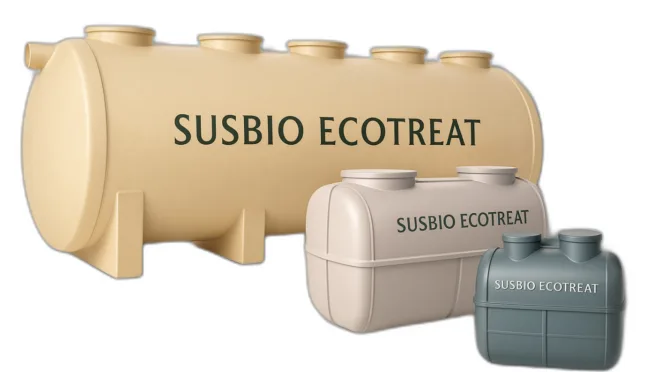
Conclusion
Installing a modern sewage treatment plant is no longer a luxury—it’s a regulatory requirement and strategic necessity for commercial buildings in India. Any facility generating over 20,000–25,000 liters of wastewater daily must treat its sewage on-site, or risk facing heavy penalties, project delays, and environmental liabilities. Whether you’re managing a hospital, shopping mall, hotel, or office complex, the wastewater generated is simply too high, and too complex, to rely on outdated septic systems or overloaded municipal lines.
Modern STPs offer tangible benefits beyond just compliance. From reusing up to 85% of wastewater for flushing and landscaping, to lowering water bills by 30–40%, and improving overall hygiene and public safety, a good sewage treatment plant becomes a long-term asset. Selecting the right technology—MBBR, SBR, or MBR—depends on your wastewater profile, space constraints, reuse goals, and automation needs.
Among today’s solutions, SUSBIO ECOTREAT clearly leads the way. It’s a compact, plug-and-play, CPCB-compliant, energy-efficient STP that’s purpose-built for commercial needs. With quick installation, minimal maintenance, odorless operation, and full digital monitoring, it transforms wastewater management into a smart, sustainable, and future-ready utility.
Don’t wait for compliance issues or system failures to force your hand.
Choose SUSBIO ECOTREAT—a modern packaged STP that delivers cost savings, legal peace of mind, environmental leadership, and long-term value for your commercial property.
🔑 Key Takeaways
Commercial buildings generating over 20,000–25,000 liters of daily wastewater must install sewage treatment plants to comply with CPCB/SPCB regulations and avoid heavy penalties.
Modern STPs can reclaim up to 85% of wastewater for toilet flushing and landscaping, reducing water bills by up to 40% annually.
Warning signs include persistent foul odors, frequent drain blockages, and overloaded septic systems requiring immediate attention.
Hotels, hospitals, offices, and malls need specialized treatment due to high volumes and complex wastewater compositions.
Choose MBBR for high-strength sewage, SBR for fluctuating volumes, or MBR for superior water quality and reuse applications.
Properties with STPs command higher market values and qualify for green building certifications like LEED and IGBC.
Frequently Asked Questions (FAQs)
Q1. What is a commercial sewage treatment plant and why is it necessary?
A commercial sewage treatment plant is a system that purifies wastewater from various facilities using physical, chemical, and biological processes. It’s necessary to reduce pollutants in sewage to environmentally safe levels, protect public health, and comply with regulations.
Q2. How can a modern sewage treatment plant benefit my commercial building?
A modern STP can significantly reduce water bills through water recycling, with up to 85% of wastewater reclaimed for non-potable uses. It also ensures regulatory compliance, improves hygiene, and can enhance property value through sustainability credentials.
Q3. What are the signs that my commercial building needs a sewage treatment plant?
Key indicators include persistent foul odors, frequent drain blockages, overloaded septic systems, and high daily wastewater generation (over 20,000–25,000 liters). If you notice these signs, it’s time to consider installing an STP.
Q4. Which types of commercial properties typically require sewage treatment plants?
Hotels, hospitals, nursing homes, educational institutions, office complexes, industrial units, and shopping malls often require STPs due to their high wastewater generation and complex wastewater compositions.
Q5. How do I choose the right STP technology for my commercial building?
The choice depends on your specific needs and constraints.
MBBR systems are suitable for high-strength sewage
SBR systems are ideal for fluctuating volumes
MBR systems provide superior water quality
Also, consider factors like space availability, automation capabilities, and maintenance requirements when making your decision.



